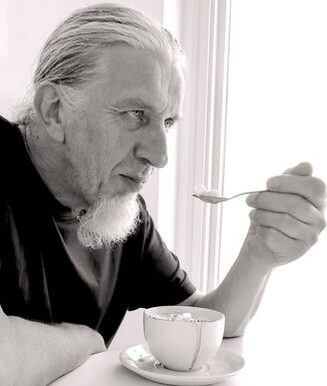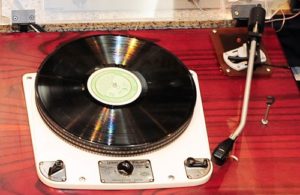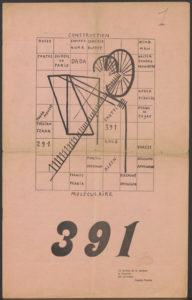The Vinyl Factory blog listed a BBC Essential Mix by the Australian group The Avalanches. Their mix included a couple of pieces by Frank Zappa and Wild Man Fischer so I had a (brief) listen. One of the tracks was a strange piano and children singing piece about James Brown credited to Nancy Dupree…
https://www.youtube.com/watch?v=BzWAylk7G5Y
Intrigued one turned to the Interwebs to find out more….

Nancy Dupree was a music teacher in New York in the 1960s. Seeing that the children had no interest in the official bland and boring curriculum she encouraged them to start writing their own songs related to their lives while introducing them to the music of Ella Fitzgerald, Nina Simone et.al…
She even persuaded the likes of B B King, Muhammad Ali and Roland Kirk to visit the school and talk to the children.
They produced enough songs to record a whole album which they called Ghetto Reality. Encountering Moses Asch she badgered him into releasing the album on his Folkways Records label.
She was eventually sacked from the teaching job, ostensibly for refusing to wear the required high heels, and was alarmed to see the school call the police to remove the children protesting about her departure.
She subsequently worked in various jobs, made recordings of her poetry, associated with the Black Panthers, wrote a play and died of leukaemia at the age of 44.
More…
The recordings are available from:



